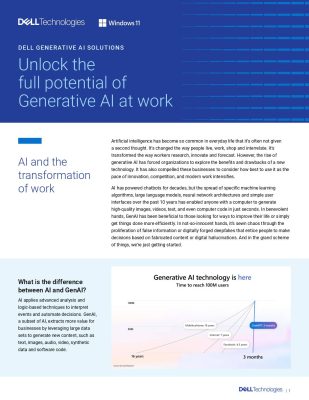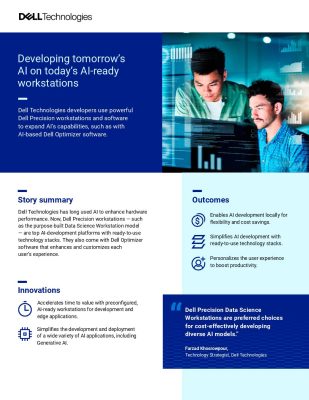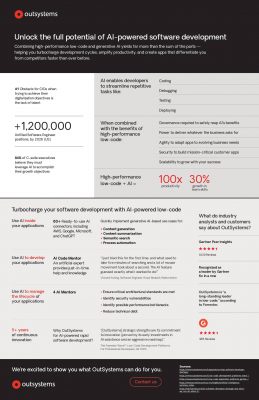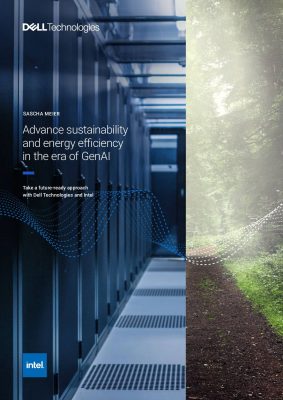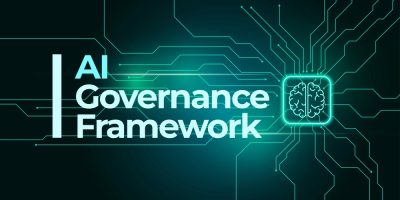Highlights:
- The two companies took the stage at Amazon’s annual customer conference, AWS re:Invent, this week, where they made several announcements about their continuing partnership.
- Nvidia’s NIM offers developers simple access to microservices for deploying high-performance AI model inference workloads across environments.
Nvidia Corp. is partnering with Amazon Web Services Inc. to push the boundaries of artificial intelligence, robotics, and quantum computing innovation.
The two companies shared the spotlight at Amazon’s annual customer conference, AWS re:Invent, this week, unveiling several announcements about their ongoing partnership.
The updates feature the integration of Nvidia’s NIM microservices with various AWS AI services, enabling faster inference with reduced latency for AI developers. Additionally, they include the launch of Nvidia’s DGX Cloud on AWS and other advancements in AI technology.
The most significant update for developers is the broader availability of NIM microservices on AWS.
Nvidia’s NIM offers developers a suite of user-friendly microservices designed to simplify the deployment of high-performance AI model inference workloads across various environments, including the cloud, on-premises data centers, and workstations. With the latest update, these microservices are now accessible through the AWS Marketplace, the new AWS Bedrock Marketplace, and Amazon SageMaker Jumpstart, providing developers with greater flexibility to deploy them seamlessly from their preferred interface, the companies announced.
Users can also deploy these microservices across multiple AWS services, including Amazon Elastic Compute Cloud, Amazon SageMaker, and Amazon Elastic Kubernetes Service.
The NIM microservices are offered as prebuilt containers, providing a selection of inference engines such as Nvidia Triton Inference Server, Nvidia TensorRT, Nvidia TensorRT-LLM, and PyTorch. They support hundreds of AI models, including those from the AWS Bedrock Marketplace, Nvidia’s AI foundation models, and custom models developed by customers.
DGX Cloud Available on AWS
Alongside the NIM microservices, developers now have access to Nvidia DGX Cloud, a new infrastructure solution. Available through AWS Marketplace Private Offers, it provides a fully managed, high-performance computing platform for training, customizing, and deploying AI models.
DGX Cloud is a cloud-based AI supercomputing service that provides enterprises with access to Nvidia’s GPUs and the essential software for training advanced models used in generative AI and other applications.
Nvidia emphasized that one advantage of DGX Cloud is its flexible deployment terms. Furthermore, customers will have direct access to Nvidia’s experts, who will provide the technical support needed to scale their AI deployments.
The DGX Cloud platform currently offers access to Nvidia’s most powerful GPUs, the Nvidia H100 and H200, with plans to expand soon to include the next-generation Blackwell GPUs, set to launch in the new year.
AWS announced that the Blackwell chips will be available as part of the GB200 NVL supercomputing system, which will feature a new liquid cooling system designed to deliver superior performance and greater energy efficiency compared to other cloud platforms.
AI Templates, Robotics Models, and Drug Development Simulations
In other AI-related news, Nvidia announced the release of several new AI Blueprints for immediate deployment on AWS. These blueprints offer pre-configured AI agents for tasks like video search, container vulnerability analysis, and text summarization, which can be easily incorporated into existing developer workflows.
According to Nvidia, the AI Blueprints open up a range of possibilities. For example, developers can use the video search blueprint to rapidly build a visual AI agent capable of analyzing video in real time. This agent can then generate alerts for security teams, detect health and safety violations in the workplace, identify defective products on a production line, and more.
Nvidia is making significant strides in AI-powered robotics, driven by its longstanding belief in AI’s ability to automate robots for practical, real-world tasks. Its latest update is designed to accelerate the simulation of these applications.
Central to this effort is the Nvidia Omniverse platform. Nvidia announced a reference application now available on Omniverse, which enables the creation of realistic virtual environments and digital twins. Powered by high-performance AWS EC2 G6e instances accelerated by L40S GPUs, the application allows developers to simulate and test AI-powered robots in diverse environments with highly realistic physics, according to the company.
Nvidia and AWS are also working to advance AI’s role in pharmaceutical development. They announced that Nvidia’s BioNeMo NIM microservices and AI Blueprints for drug discovery are now integrated with AWS HealthOmics, a fully managed service for computing and storing biological data to support clinical diagnostics.
The partnership enhances AWS HealthOmics by enabling researchers to explore a broader range of AI models, the companies stated.
Progressing Quantum Computing
Nvidia announced a collaboration with AWS to accelerate quantum computing development. The chipmaker’s Nvidia CUDA-Q platform, designed for creating hybrid quantum-classical computing applications that bridge traditional and quantum systems, is being integrated with the Amazon Braket service.
Amazon Braket simplifies the process of setting up, monitoring, and running hybrid quantum-classical algorithms on quantum processors. With this integration, Nvidia stated that CUDA-Q users can access Amazon Braket’s quantum resources, while Braket users can leverage CUDA-Q’s GPU-accelerated workflows for development and simulation.






